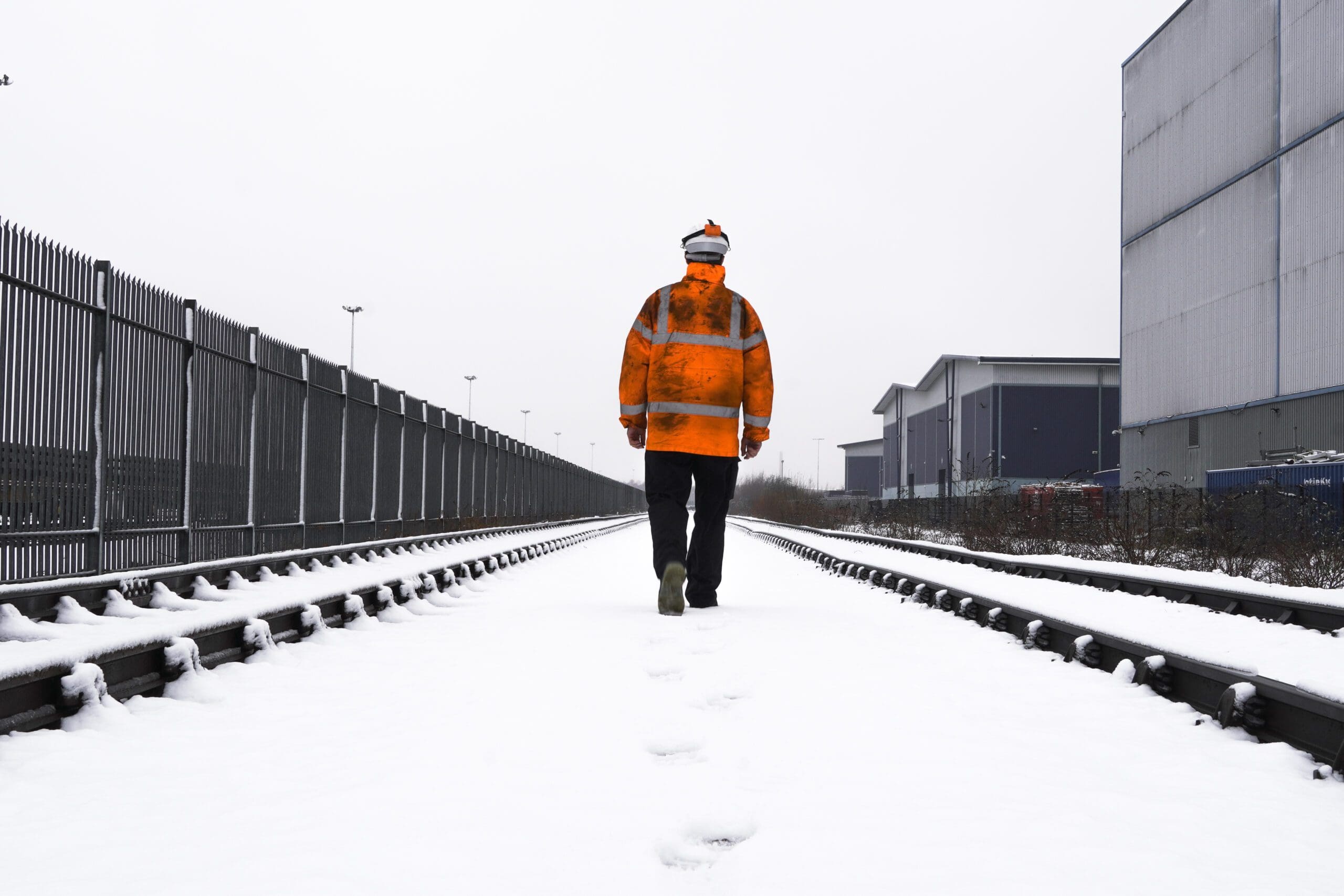10 Meetups About Railroad Lawsuit Aplastic Anemia You Should Attend

How to File a Railroad Lawsuit For Chronic Obstructive Pulmonary Disease

Rail workers suffering from occupational diseases like cancer can file a lawsuit in accordance with the Federal Employers' Liability Act. It isn't easy to prove that a condition is related to work.
For instance, a worker may have signed a release when he first settled an asbestos claim, and then sued later for cancer allegedly resulting from exposures.
Statute of Limitations under the FELA
In many workers' compensation cases, the clock begins clocking on a claim when an injury is discovered. FELA laws, however, allow railroad employees to sue for lung diseases or cancer for years after it has occurred. It is imperative to submit a FELA report as early after an injury or illness as is possible.
Unfortunately, the railroad will often attempt to get a case dismissed by arguing that the employee did not comply with the three-year limitation period. Courts usually rely on two Supreme Court cases to determine when the FELA clock will begin.
They must first determine if the railroad employee had a reason to believe that his or symptoms were connected to their job. If the railroad employee visits to a doctor and the physician conclusively states that the injuries are related to work the claim is not time-barred.
The second factor is the length of time since the railroad employee first became aware of the symptoms. If he or she has been experiencing breathing issues for several years and ascribes the issue to his or her working on rails it is likely that the railroad employee is within the time limits. Contact us for a no-cost consultation if you have any concerns regarding your FELA claims.
Employers' Negligence
FELA lays out an legal foundation for railroad employees to make employers accountable for their actions. Unlike most other workers, who are governed by compensation systems for workers with fixed benefits, railroad employees are allowed to sue their employers for the full amount of their injuries.
Our attorneys recently won an award in a FELA lawsuit filed by three retired Long Island Railroad machinists who suffered from COPD chronic bronchitis, chronic bronchitis as well as Emphysema due to their exposure to asbestos while working on locomotives. The jury awarded them damages of $16,400,000.
The railroad claimed that the cancer of the plaintiffs was not connected to their jobs at railroads and that the lawsuit was barred because it was over three years since they found out that their health problems were a result of their railroad work. Our Doran & Murphy lawyers were able to show that the railroad never informed its employees of asbestos's dangers and diesel exhaust while working, and the railroad didn't have safety procedures in place to safeguard its employees from the dangers of chemicals.
It is recommended to hire a lawyer with experience when you can even though a person could have up to three years to file a FELA lawsuit from the date they were diagnosed. The earlier our lawyer starts gathering witness statements, records and other evidence the more likely it is that an effective claim can be filed.
Causation
In a personal injury lawsuit plaintiffs must prove that the defendant's actions were the cause of their injuries. This is known as legal causation. This is why it's important that an attorney take the time to study a claim prior to submitting it in court.
Diesel exhaust is the only source that exposes railroad workers to hundreds of chemicals, including carcinogens pollutants and other contaminants. These microscopic particles penetrate deep into lung tissue, causing inflammation and damage. Over time, the damages accumulate and result in debilitating conditions like chronic bronchitis and COPD.
One of our FELA case involves a former train conductor who developed chronic obstructive respiratory asthma and other respiratory diseases after a long period of time in cabins, with no protection. Additionally, he was diagnosed with debilitating back problems due to the years of pulling, pushing and lifting. His doctor told him these issues were the result of long-term exposure to diesel fumes. He believes this caused the onset of all of his health issues.
Our attorneys successfully preserved favorable court rulings on trial and a comparatively low federal jury award for our client in this case. The plaintiff argued that the derailment of the train and the subsequent release of vinyl chloride into the rail yard impacted his physical and emotional state, as he feared he would get cancer. However the USSC determined that the railroad in question was not responsible for his anxiety about getting cancer because he'd previously gave up the right to pursue the claim in a prior lawsuit.
Damages
If you have suffered an injury when working on railways, you could be able to file a lawsuit under the Federal Employers' Liability Act. You could be awarded compensation for your injuries by this method, which could include compensation for medical bills and pain and suffering. However this process can be complicated and you should consult an attorney for train accidents to understand your options.
The first step in a railroad lawsuit is to demonstrate that the defendant had a responsibility to the plaintiff of care. union pacific railroad lawsuit has to show that the defendant violated this duty by failing to protect the injured person from harm. Finally, the plaintiff must prove that the breach was a direct cause of their injury.
A railroad worker who contracts cancer as a result of their work must prove that their employer failed properly to warn them of the dangers they could face. They must also prove that the negligence caused their cancer.
In one instance one railroad company was sued by a former employee who claimed that his cancer was caused through exposure to diesel and asbestos. We claimed that the plaintiff's claim was barred by time because he signed an earlier release in another lawsuit against the same defendant.
